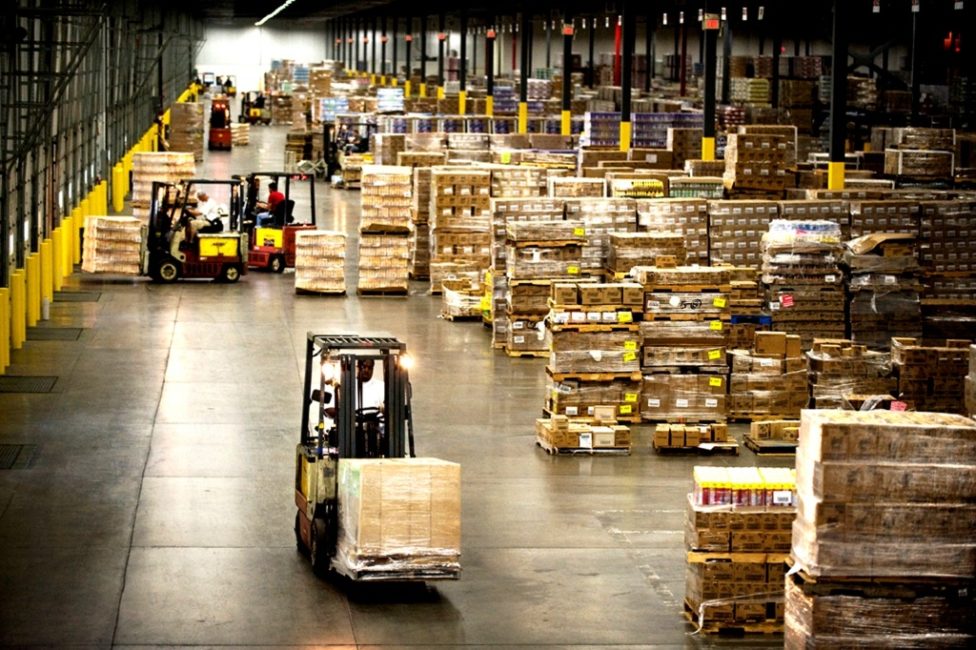In recent years, the warehousing industry has undergone a significant transformation due to advancements in technology. The integration of technology into the warehouse environment has led to increased efficiency, productivity, and accuracy. In this article, we will explore the role of technology in modern warehousing, its benefits, and the different types of technology that are commonly used in warehouses.
Automation
One of the most significant advancements in warehousing technology is automation. Automation involves the use of robots, automated guided vehicles (AGVs), and conveyor systems to move and sort products within the warehouse. Automation has led to significant improvements in warehouse efficiency, accuracy, and safety.
AGVs, in particular, have become increasingly popular in warehouses due to their ability to transport products autonomously, without the need for human intervention. They can be programmed to navigate through the warehouse, pick up and transport products, and even recharge themselves when their batteries are running low.
Warehouse Management Systems
Another critical technology in modern warehousing is the Warehouse Management System (WMS). A WMS is a software application that helps manage and control warehouse operations, including inventory management, order processing, and shipping. A WMS provides real-time visibility into inventory levels, which allows for better planning and scheduling of warehouse activities.
A WMS also helps streamline warehouse operations by automating many manual processes. For example, it can generate pick lists for workers, assign tasks to employees, and track the movement of products within the warehouse.
Barcode Scanners
Barcode scanning technology is another critical tool in modern warehousing. Barcode scanners allow warehouse workers to quickly and accurately track the movement of products within the warehouse. They can be used to receive and put away products, pick products for orders, and conduct inventory counts.
Barcode scanning technology has significantly improved warehouse accuracy by reducing the number of errors associated with manual data entry. It has also led to increased efficiency by allowing workers to quickly locate products within the warehouse.
RFID Technology
Radio Frequency Identification (RFID) technology is another critical tool in modern warehousing. RFID technology involves the use of tags that are attached to products and equipment within the warehouse. These tags can be scanned using RFID readers, which transmit data wirelessly to a computer system.
RFID technology provides real-time visibility into the movement of products within the warehouse. It allows for quick and accurate tracking of products, which can help reduce the time it takes to locate items within the warehouse.
Voice Picking Technology
Voice picking technology is a newer technology that has become increasingly popular in modern warehousing. This technology involves the use of headsets and microphones that allow workers to receive instructions and confirm their actions through spoken commands.
Voice picking technology has several benefits over traditional picking methods. It allows workers to keep their hands free, which can increase efficiency and reduce the risk of injury. It also allows for real-time feedback, which can help improve accuracy and reduce errors.
Conclusion
In conclusion, technology has played a significant role in transforming the warehousing industry. Automation, warehouse management systems, barcode scanning, RFID technology, and voice picking technology are just a few examples of the different types of technology that are commonly used in modern warehouses. These technologies have led to increased efficiency, productivity, and accuracy, which have helped companies stay competitive in an ever-changing marketplace.
As the demand for faster, more efficient, and more accurate warehouse operations continues to grow, we can expect to see even more technological advancements in the future. Warehouses that embrace these advancements will be better positioned to meet the needs of their customers and thrive in a rapidly changing business environment.
